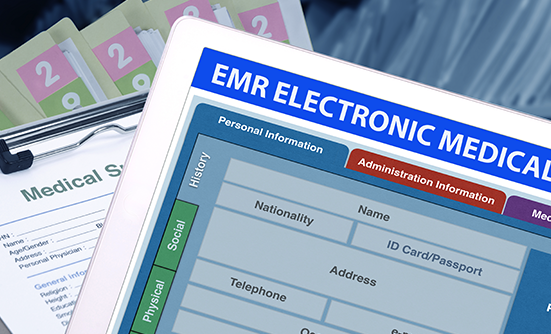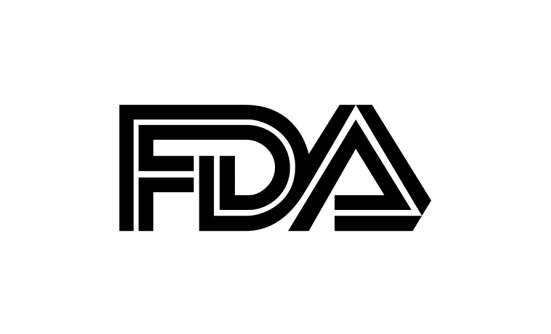Although members of the cancer care team may speak to one another in person and via telephone, there are additional methods they can use to keep one another up to date about their patients’ care. One of the most important communication tools is the electronic medical record (EMR). The EMR contains all the medical and clinical information that has been gathered in the doctor’s office, and can be thought of as an electronic version of the patient’s “chart.”
For a patient with mantle-cell lymphoma (MCL), the oncology practice or clinic’s EMR normally contains:
- Vital information, such as height, weight, body mass index, and body temperature
- Current prescriptions used to treat MCL, as well as other prescriptions
- Prior medical and treatment history, including all medications previously used to treat MCL
- Hospital discharge summaries and treatment plans (eg, if the patient received a stem-cell transplant
- Past and future medical appointments
- Health insurance information.
EMRs improve the efficiency of healthcare providers, allowing providers to quickly access patient files and accurately assess patient information and form treatment plans. In an EMR, medical information is organized and easy to find. This saves physicians and their staff the time of manually searching through paper records. The EMR allows the treatment team to monitor changes in patients’ health status over time; identify whether patients are due for a specific visit, such as laboratory work, scans, or other preventive screenings; and improve the overall quality of care.1
The EMR is also more secure than a paper record. A paper record comes with the risk and concern that it passes through many hands to get to where it needs to be. It is not guaranteed that the papers are only being seen by those authorized to view them. With EMRs, files can only be accessed by those authorized to view such sensitive data. Perhaps most importantly, EMRs significantly reduce the number of documentation errors.2 No longer can errors in handwritten communication or even illegible handwriting put patients’ health at risk. EMRs utilize “flags” or notifications throughout the documentation process to catch things that may be entered incorrectly. In addition, abnormal results are flagged so that providers can assess them. With so many checkpoints, the EMR is extremely helpful in reducing the number of errors that could otherwise take place.
In addition to the EMR, some patients may also have an electronic health record (EHR), which includes their full medical history. Unlike the EMR, which can be accessed only by providers in the same office or clinic, the EHR is portable, moving with patients to other healthcare providers, specialists, hospitals, and nursing homes, and even across states. This means that each location—the primary care provider’s office, the oncologist’s office, the local hospital, the university hospital, and the transplant center—can all access patient records and stay up to date on each patient’s medical status, treatment details, and care plan.
Although it is a major technological challenge to allow different electronic systems to “talk to” one another, both Medicare and private health insurers are working diligently to make it happen. In fact, UnitedHealthcare, the nation’s largest private health insurance company, recently announced a plan to implement an EHR that can be accessed by all its members by the end of 2019.3
The Centers for Medicare & Medicaid Services (CMS), the federal agency responsible for Medicare, is also on board. In July 2018, CMS announced proposed changes to documentation requirements for outpatient and physician office visits. These changes are expected to ease some of the burden on physicians and potentially make EHRs more useful.4
References
- HealthIT.gov. What are the differences between electronic medical records, electronic health records, and personal health records? www.healthit.gov/faq/what-are-differences-between-electronic-medical-records-electronic-health-records-and-personal. Updated April 9, 2019. Accessed April 13, 2019.
- HealthIT.gov. Improved diagnostics & patient outcomes. www.healthit.gov/topic/health-it-basics/improved-diagnostics-patient-outcomes. Accessed April 13, 2019.
- Truong K. UnitedHealth Group launching portable EHR for members by the end of 2019. MedCityNews. https://medcitynews.com/2018/10/unitedhealth-group-launching-portable-ehr-for-members-by-the-end-of-2019/?rf=1. October 22, 2018. Accessed April 13, 2019.
- Jaret P. Electronic health records: what will it take to make them work? AAMC News. https://news.aamc.org/patient-care/article/electronic-health-records-what-will-it-take. August 21, 2018. Accessed April 13, 2019.










